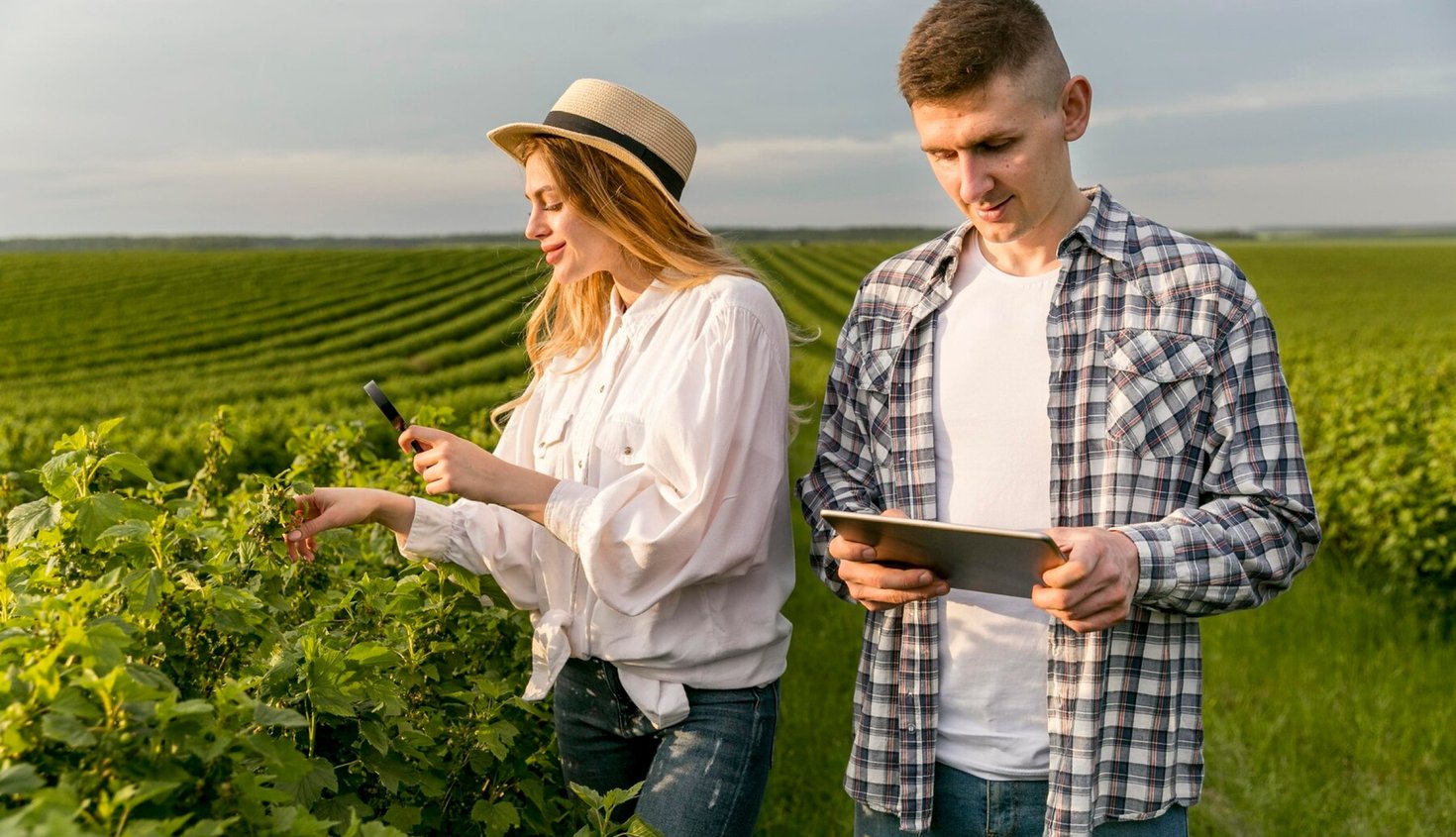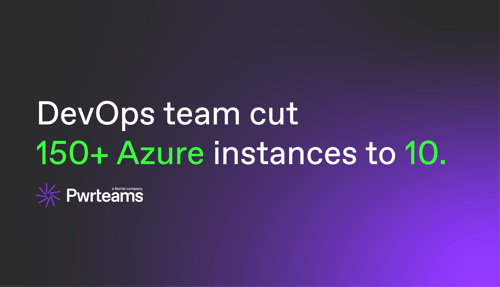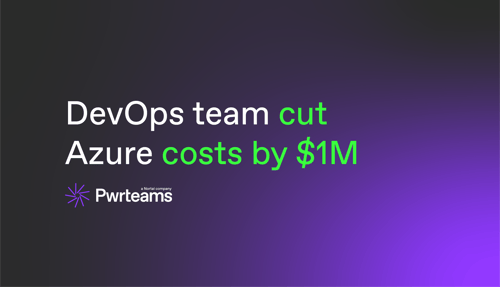Smart Farming: How Technology Adds Value to Agriculture

Technology revolutionizes each industry it enters, and one of the sectors that can benefit from the tech revolution is agriculture. Smart farming is a new concept that implicates managing and facilitating farm operations with the help of technology. These include AI, IoT, robotics, drones and more. Learn about the tech advancements that have already enhanced agriculture, and what the future holds for smart farming.
To survive in the highly competitive and rapidly changing agriculture market of the twenty-first century, a farmer’s passion for working on land and hard work is no longer enough. Innovative farming technologies require more and more professional skills. A modern farmer should be an expert in agricultural regulations, data analysis, accounting, budgeting and now in technology too.
The good news is that as more new farming technologies emerge, they get more affordable. There are many free apps for farmers who are new to tech. What’s more, most of the smart farming products offer exhaustive educational material since thoughtful tech providers adapt their products to the needs and capabilities of farmers.
According to the Food and Agriculture Organization of the United Nations, smart farming is vital for the future of agriculture. It can bring the quantity and quality of agricultural products to the next level. It can also help make the use of pesticides and fertilizers more effective in smaller amounts, thus making agricultural products better and safer.
Smart farming is still a concept and has yet to elicit its full potential. However, the first steps have already been made. Many modern farmers use data management, GPS, soil scanning and contemporary IoT technologies to facilitate their daily farming operations.
Wonder what smart farming can do for agriculture?
Here is a list of the critical tasks and goals it sets:
- adapt modern technology to farming needs
- optimize the operation of farms
- minimize human labor on farms
- improve crop yield
- detect any changes in farm conditions and respond to them quickly and effectively
- improve decision making in agriculture in general
- facilitate the quality and quantity of crops
- facilitate livestock agriculture
- improve cost management
- promote waste reduction
- reduce the impact of farming on natural ecosystems
- increase agriculture work safety
As you can see, there are many tasks for smart farming to deal with soon. Now, let’s take a look at the groundwork that has already been done.
The number of technologies used for smart farming keeps growing. As of now, the next tech is being incorporated in and adapted to the agriculture sector:
- Communication technologies, like cellular communication, can facilitate daily operations and decision-making processes on farms.
- Location services like GPS, satellite, and others can help farmers control their farms and livestock better.
- Software solutions can deal with specific issues farms struggle to tackle without technology.
- Smart sensors can help monitor and manage conditions like soil, moisture, light, and temperature.
- Robotics can help minimize human labor in agriculture and manage difficult tasks better and faster than humans. Autonomous tractors and processing facilities could be just around the bend.
- Data analytics solutions can help farmers make well-informed decisions and draft accurate predictions for the next season.
These technologies could change farming as we know it forever. Let’s take a look at the changes that are already happening and at the perspectives for the future.
Precision Farming: Precise Control and Treatment of Plants
Today, farming is mostly traditional, using outdated approaches, equipment and tools. This results in productivity loss, more significant environmental impact and loss of profit. Precise farming can help agriculture deal with these issues. Farmers and scientists have already been using plant selection and breeding for many years, which helped them improve crop yield.
Now, it’s time to take the next step and incorporate marker-assisted breeding and genetic engineering into agriculture. With their help, farmers will be able to improve insect resistance of plants as well as their resistance to disease. These technologies can help make crops more tolerant to herbicides and drought as well.
For example, Plantedit uses genome editing to produce sustainable plant products that can be better for farmers and consumers. The company strives to create modified plants that do not contain any foreign genetic material. They aim to meet the demand for “designer” crops while complying with the regulations regarding GMO and plant-based DNA and RNA.
Smart Greenhousing
Greenhouses controlled manually lead to high energy and resource losses. All a regular greenhouse does is capture the solar radiation for plant cultivation. With the help of IoT, farmers can grow their crops in smart greenhouses that provide plant cultivation in a fully controlled environment. The adoption of automated greenhouse technologies will allow farmers to boost the crop yield while minimizing human labor and losses.
Some companies are already working on smart greenhousing technologies for both DIY and professional use. For instance, Sensaphone can monitor all the conditions in a greenhouse and notify you immediately when any unfavorable changes take place. These remote monitoring devices, auto-dialers, and sensors can alert you by phone, email or text without any human supervision. With a smart system like this, farmers can prevent crop disease and address any negative changes at an early stage. What’s more, they will be able to identify patterns and trends in the environmental conditions you won’t be able to spot without technology.
Precision Livestock Farming
Precision livestock farming (PLF) aims to use modern technology to automatically monitor the health, welfare, and environmental impact of livestock in real-time. With PLF, farmers will be able to identify any deviations at early stages and address them before they cause significant issues on the farm. PLF can help improve overall production efficiency significantly.
With precise control and treatment of every individual animal on the farm, farmers will be able to detect sick animals and prevent diseases from spreading. PLF can make farming more environmentally friendly as well while allowing farmers to provide high-quality, sustainable, and safe meat in the necessary quantities.
For instance, bovcontrol offers a data collection and analysis tool that can help farmers improve the performance of meat, milk, and genetics production. This free tool can help farms manage their livestock effectively and get the most of their farm. The startup has an ambitious goal: to fight hunger in the world by improving the efficiency of farming. Developers claim that the app can help farmers enhance food production by 1.5 kg per day, per animal.
Smart Farming using Drones
Drones can help farms of any scale get precise and timely information on every aspect of the well-being of the crops. Drones can collect information on plant health, count, disease, weed, drainage, water and more. What’s more, drones can facilitate precision farming tasks like spraying, protecting plants, and sowing. By incorporating the drone technology with high-resolution cameras, farmers can monitor conditions like irrigation, fertilization, pests and diseases closely.
Drones are a convenient tool for agriculture. They are accurate, automated, compact and easy to transport, especially when compared to traditional agriculture machinery. Modern drones are wind, dust and rain-proof.
When receiving accurate real-time information on the well-being of crops, farmers can make major decisions on fertilization, irrigation, pest treatment and other activities. With drones, on the other hand, more accurate information can be gathered faster than when using human labor.
DroneAG already offers end to end drone solutions for agriculture. They have a wide range of drones to cover every need a farmer might have, from field scouting, crop health, and potential issues detection to gathering visual and thermal data about the crops in the fields. What’s great is that the company offers hands-on and online training courses for farmers who want to get the most of their products.
Human Labor Minimization
There’s only so much a farmer can do in the field without incorporating technology. Like any other sector of the modern economy, agriculture is very competitive and does not wait for those who lag behind. Smart farming technology can help farmers make their tractors, combines, planters, and other machinery more efficient without increasing the amount of human labor.
Many livestock barns have already incorporated automated feeders and robotic milking machines that allow reducing human labor while increasing the productivity of the farm. Automated and connected crops and livestock management can help farms of any size get more competitive and offer better products while working in more favorable conditions.
ATC has already presented a fully electric autonomous tractor that is twice as powerful as a conventional one. It can also be guided manually via remote control if needed. It seems like pretty soon self-driven tractors and combines will be able to plant and harvest crops in thousand-acre fields without any human labor. Take a look at how autonomous tractors work in this video.
Last but not least
According to the UN, food production must double by 2050 to feed the 9 billion people. Smart farming and precision agriculture can save the planet from the food crisis.
Technology can ensure better food management and safety controls. Also, it can bring the so much needed increased productivity and sustainability to the agriculture sector. Moreover, modern technologies help farmers react to the changing environment and weather conditions faster and better to prevent losses of crops and livestock substantially. And, finally, smart farming can help us fight global warming, environmental pollution, and other harmful effects humans bring to the environment. Climate change agriculture, powered by modern technology, can help farmers all over the world make farming more efficient and environmentally friendly, for the better future of the planet and humans.
READ ALSO
 April 25, 2025
April 25, 2025
Massive consolidation: reducing 150+ Azure Front Door instances to 10
Read the post April 15, 2025
April 15, 2025
12 months of cloud cost optimisation: how 1 team saved $1M in Azure expenses
Read the post April 14, 2025
April 14, 2025
Pwrteams to support the expansion of the Swiss company LANGWATER
Read the postWrite your own
success story
with Pwrteams!
Share your details in the form, tell us about your needs, and we'll get back with the next steps.
- Build a stable team with a 95.7% retention rate.
- Boost project agility and scalability with quality intact.
- Forget lock-ins, exit fees, or volume commitments.